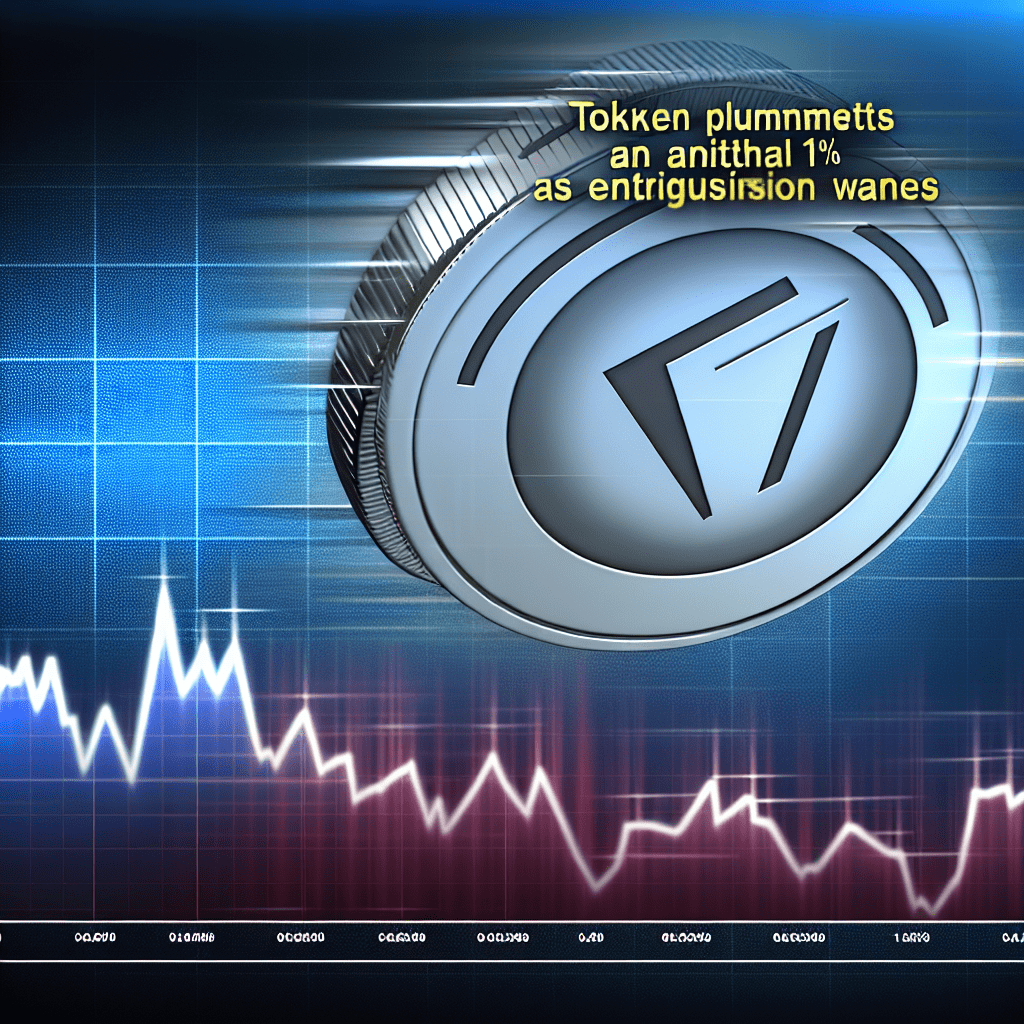A month ago, when Plasma’s XPL token was launched, crypto investors were eager to invest in this new blockchain dedicated to stablecoins.
However, despite the ongoing dominance of stablecoins in the current bull cycle, Plasma hasn’t matched expectations. XPL has now plummeted over 80% since its brief peak of $1.67 in September.
XPL is currently priced at $0.309, having dropped 13.6% in the last 24 hours, leading to around $8 million in liquidations.
The token now risks dropping out of the top 100 cryptocurrencies entirely, with a market cap of merely $550 million, while the 100th coin holds a market cap of $540 million.
What went wrong?
Investors are questioning where things went south. Plasma was one of the year’s most anticipated projects, with backing from prominent investors like Bitfinex, Framework Ventures, and Jordan Fish (Cobie) in two funding rounds, raising $24 million as reported by Icodrops.
Additionally, during its public sale, it secured $50 million by selling 1 billion tokens at $0.05 apiece. Those initial buyers remain profitable, but the same cannot be said for those who purchased XPL on exchanges after its September launch.
Investor sentiment quickly soured post-launch amid accusations that the Plasma team was collaborating with market makers to short the XPL token, effectively securing profits.

In response, Plasma founder Paul Faecks dismissed these allegations on Twitter, stating: “No team members have sold any XPL. All investor and team XPL is locked for three years with a one-year cliff.”
“We have not engaged Wintermute as a market maker and have never contracted with them for any of their services,” he added. “We possess the same information on Wintermute’s ownership of XPL as the public.”
Experienced trader Alex Wice questioned Faecks’ tweet, asking: “Did you hire another market maker to short XPL, effectively ‘locking in’ profit? Yes or no?” Faecks did not respond.
Despite this, persistent sell pressure and lackluster demand led XPL to continue making new lows.
Onchain metrics
Initially intended as the blockchain for stablecoins, Plasma offers zero-fee transfers and high throughput.
However, it has essentially turned into a lending protocol; the Plasma website features one “lending vault” with $676 million in total locked value (TVL), currently yielding about 8% annually.

Currently, the primary use of XPL tokens is to lower fees for non-stablecoin transfers, with plans for XPL staking and delegation set for Q1 2026.
The Plasma website claims to achieve over 1,000 transactions per second (TPS), but the Plasma block explorer reveals a current rate of just 14.9 TPS, partly due to its low activity levels.
Moreover, Plasma asserts that it can provide sub-second block times, and blocks are indeed being created every second, even though many of these blocks contain merely a few transactions.
What’s next for XPL?
More use cases for the XPL token are anticipated with the initiation of staking in 2026. Until then, investors require a catalyst to boost demand, as the failure to find one could lead XPL to fade from prominence as enthusiasm dwindles.
While owning XPL can decrease transaction costs, it becomes a dilemma for a blockchain designed for zero-fee stablecoin transfers and minimal fees on other transactions; the necessity to hold XPL lessens since using the chain is already affordable.
Perhaps demand will surge once Plasma launches its “Plasma One” card, but for the moment, the token faces significant challenges regarding price and relevance.

